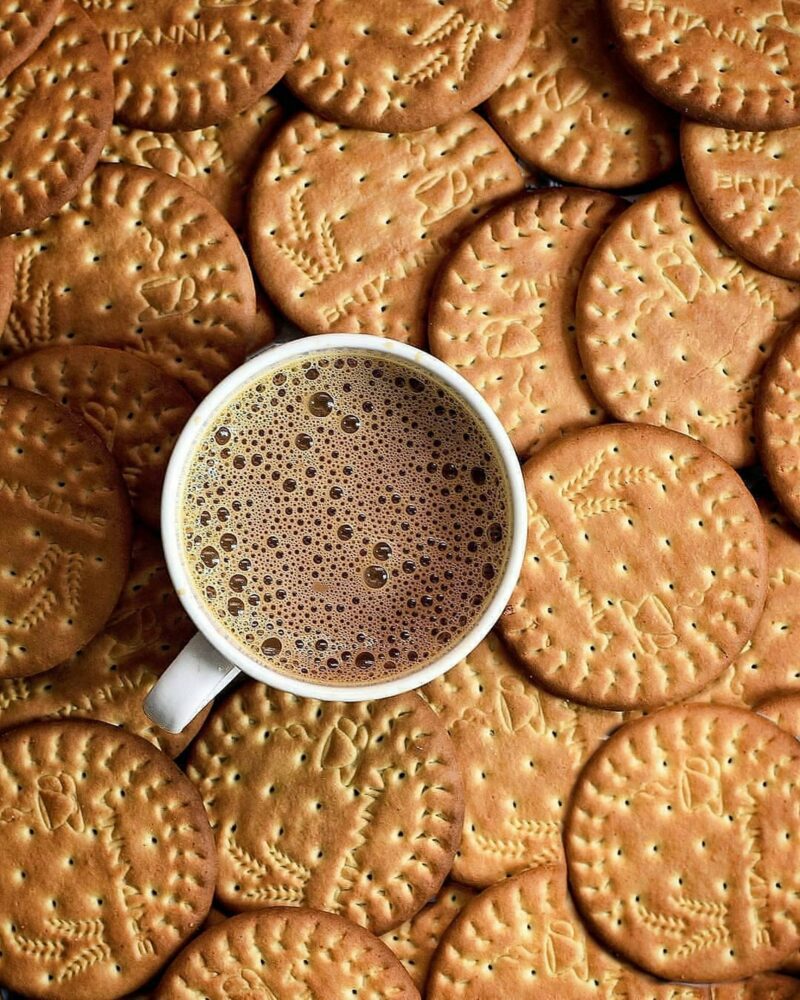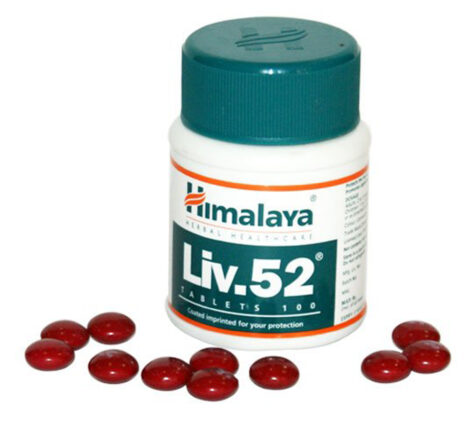Risk it to get the biscuit: Britannia Industries Ltd vs. ITC Limited
BRIEF FACTS
In this case, Britannia Industries Limited (the plaintiff) sought an interim injunction order against ITC Limited (the defendant) for restraining them from manufacturing or selling biscuits using packaging that was deceptively similar to their product. The product in question was the “Nutri Choice Digestive” biscuit manufactured by the plaintiff. It is pertinent to mention that the plaintiff’s mark is a registered trademark under Class 30, dealing with goods/services concerning biscuits, bread, buns, rolls, etc.
The defendant allegedly manufactured digestive biscuits under the name “Sunfeast Farmlite 5- seed Digestive” biscuits in similar packaging to the plaintiff’s ‘Nutri Choice Digestive’ biscuit. The plaintiff contended that such uncanny packaging resemblance amounts to trademark infringement of their registered trademark and is a deliberate attempt by the defendant to confuse the customers into buying their product by making their packaging uncannily similar to the plaintiff’s biscuits.
Visual representation of both the products

CONTENTION BY THE PARTIES
Plaintiff’s contention
The plaintiffs submitted that the defendants did not have any registered trademark for their product ‘SUNFEAST,’ ‘SUNFEAST FARMLITE’ and ‘5-SEED DIGESTIVE BISCUIT’. Further, before adopting the similar packaging of the plaintiff’s product, the defendants were manufacturing their digestive biscuits under different packaging. Thus, the adoption of a matching packaging recently in 2020 is a deliberative attempt by the defendant to en-cash on the plaintiff’s goodwill and reputation.
Regarding the packaging colors remark of the defendant, the plaintiff stated they did not have a claim related to the individual registration for the colors involved in the defendant’s packaging but questioned the overall appearance of the defendant’s product, which had significant similarities their product. The plaintiffs further contended that the defendant’s product had copied the essential elements of their product which violates their trademark and is an attempt to benefit from the plaintiff’s goodwill in the market.
Defendant’s contention
The defendant contended that the plaintiff’s registered trademark was of the packaging and not the packaging colors, i.e., ‘red and yellow’ as single colors are individually registerable under Section 2 (m) of the Trademarks Act[1]. Further, they stated that several features distinguished the two products, such as the colors involved in packaging, font, displayed pictures, etc. However, if there is no deceptive similarity engaged in trademark infringement cases, then the other factors shall also not be relevant.
However, the defendant submitted that they would not release the product in the market with the impugned packaging in question, though it shall not affect its manufacturing. The Court observed that the current order would not affect the packages already present in the market. Gradually, it was brought to the notice of the Court by the defendant that they required modification in the order given earlier, as they had a significant amount of accumulated stock of biscuits that are perishable, which they wanted to release in the market as it had was previously manufactured.
Thus, it becomes paramount to understand and analyze certain concepts and judgments related to the Trademark Law in India, which were considered while deciding the present case.
PRINCIPLES ARISING OUT OF JUDICIAL PRONOUNCEMENTS
In recent times, various judgments have laid down certain principles crucial to understanding the complexity involved in trademark infringement suits. E.g., in the case of Natures Essence Pvt. Ltd. v. Protogreen Retail Solutions Pvt. Ltd[2]. The Court held that the defendant should not be allowed to use “NATURE’S INC” and “NATURE’S ESSENCE,” which were the plaintiff’s registered trademarks. Similarly, in the case of Amritdhara Pharmacy v. Satya Deo Gupta[3], that is considered to be one of the landmark cases, in which the Court provided two tests to determine the similarity between two marks which are as follows –
- Reasonable Man’s Test – to differentiate two marks, it is necessary to ensure that such differentiation is perceived from a man with average intelligence and imperfect recollection of things.
- Overall Impression Test – the overall phonetic and visual similarity of the two marks is analyzed through this test.
Such judicial pronouncements paved the way for the development of specific principles for distinguishing two conflicting marks. These principles are –
- While analyzing deceptive similarity between two marks, the type of customer purchasing the product followed by its sound, nature, looks are to be considered.
- The burden to prove deceptive similarity is on the defendant, whereas the plaintiff has the onus of proof as they allege the passing off.
- It is crucial to analyze the first impression of the products on the consumers wherein the pronunciation and speech of the buyers and the assistants also play a role.
- The Reasonable Man’s test should be applied to distinguish the marks in question.
- Another test that needs to be performed when comparing rival trademarks is the Pianotist Test[4], This test states that the Court shall consider the looks and sound of the brands and determine the type of goods to which this test is applied, the surrounding circumstances, the consequences arising from the normal use of the marks, etc.
- The marks in question shall be looked at as a whole.
- The nature of resemblance, i.e., it can be phonetic, visual, or represent the basic idea of the plaintiff’s mark.
- It should be assessed whether the defendant’s mark contains the essential features of the plaintiff’s mark.
DECISION
After considering the arguments advanced by both the parties, the Court relied on the judgment given in the case of Parle Products (P) Limited v. J.P. &Co.[5] In the case, The Court observed that it is unreasonable to expect that the consumers shall know the precise details of the product. The general consumers base their preference on the idea that is conveyed by a product. Further, where two marks possess significant similarities that can lead to deception, they should analyze the essential features of the products.
There were evident dissimilarities between the products in question, which can easily be identified by the consumers of average intelligence and prudence. Thus, the single-judge bench of the Delhi High Court in the present case concluded that there was no possibility of deception between the marks irrespective of the points of similarity. Hence, the Court rejected the application for an interim injunction against the defendant.
Consequently, another application[6] involving the same parties was filed in the Court seeking an injunction against the defendant. Here, the products in question were the plaintiff’s “NUTRI CHOICE DIGESTIVE” biscuits and the defendant’s “FARMLITE DIGESTIVE BISCUITS.” Similar to the previous application, the single judge bench also rejected this as the similarities were insufficient to prove the defendant’s product to be deceptively similar.
The plaintiff challenged the judgment and filed an appeal[7] in the Delhi High Court. The Court observed that during the pendency of the suit, the respondent changed and modified their packaging. The parties had reached an amicable resolution wherein the respondents stated that they would not be using the old packaging. The appellant had no objection to the new packaging of the respondent’s product, which they took back their claim of damages.
The Court held that the appeals filed should be disposed and the judgment dated 5th April 2021 shall be set aside.
COMMENTS
Hence, several characteristics are assessed to determine whether there is an infringement of a trademark or not. To determine whether two marks are deceptively similar, it becomes pertinent to analyze and study the similarity between their essential features. The Courts have laid down several tests to determine the similarity between trademarks. Thus, trademarks possess a significant value in a product’s identity, its ability to stand out, and also help to promote the brand’s goodwill.
References –
[1] "(m) "mark" includes a device, brand, heading, label, ticket, name, signature, word, letter, numeral, shape of goods, packaging or combination of colors or any combination thereof."
[2] Natures Essence Pvt. Ltd. v. Protogreen Retail Solutions Pvt. Ltd MANU/DE 0474/2021
[3] Amritdhara Pharmacy v. Satya Deo Gupta AIR 1963 SC 449
[4] Provided in – In re. Pianotist Application (1906) 23 RPC 774
[5] Parle Products (P) Limited v. J.P. &Co.(1972) SCC (1) 618
[6] I.A 12125/2020 In CS(COMM) 554/2020
[7] FAO (OS) (COMM) 66/2021 &CM APPL. 14816/2021
Authored by: Sania Gupta, School of Law, Christ University
Disclaimer: This article is intended to provide general guidance to the subject matter. For any specific advice/corrections, write to [email protected]




